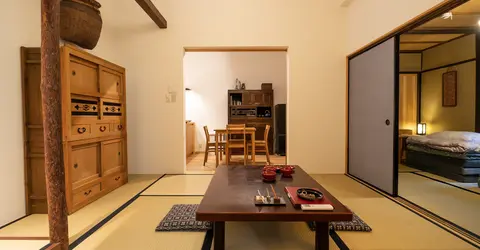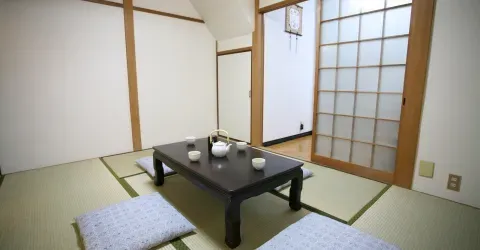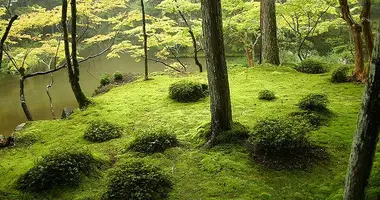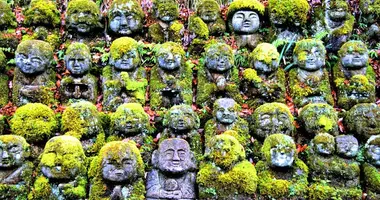Manpukuji 万福寺
An Air China <br>
The headquarters of the Obaku branch of zen, the third school of Zen Buddhism in Japan, smaller and less known than the Rinzai and Soto schools, the Ôbakusan Manpukuji remains one of the few enclosures to preserve buildings of Chinese Chan architecture - Zen in Japanese - from the Ming period (1368-1644).
In 1661, Ingen (1592-1673), a Chinese Chan master fleeing the arrival of the Manchus in his country, founded the Manpukuji, a building in the style of Chinese monasteries of the Ming period, in the outskirts of Kyoto. The architecture, which is exotic for the Japanese, like the roofs covered with tiles, reveals the influence of the Middle Kingdom. Moreover, in the line of descendance, the first thirteen patriarchs were all of Chinese origin and that until 1740. The teaching is syncretic, close to the Rinzai school with borrowings from the Amidism of Jodo school.
Within the monastery, it is unlike any other temple or shrine of the archipelago, right down to the appearance of the balustrades. A paved driveway leads to the stone Tennôden Pavilion that houses a statue of Bodhisattva Miroku (Maitreya in Sanskrit), "He who is love", protected by four guardian gods. A representation inspired by ancient China, of a being promised enlightenment and who will be the next Buddha, not at all debonair or ascetic. Colloquially, he is called the laughing Buddha with a big belly.
Here you can discover the tasty Fucha ryori cuisine, a Chinese-style zen vegetarian preparation of the monastery. Large dishes of fried vegetables and tofu, and yam and yuba croquettes (the thin skin that forms on the surface of soymilk) mainly make up the lunch.

































